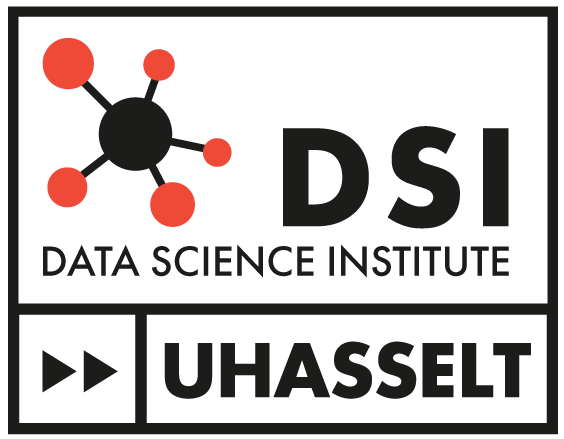SIMPACT features
Flexibility
Flexible hazard functions and a wide range of parameterising options make it possible to simulate vastly different scenarios in a diverse set of populations, from the most simple situation to very complex ones. Modellers can also calibrate the model to either empirical or hypothetical demographics and choose what they believe is the most appropriate structure of the sexual network. Furthermore, the model consists of independent yet interactive event functions, so that modellers can append, remove or modify events with minimal adaptations. One can extend Simpact with additional events or elaborate hazard functions to test hypotheses of unknown effects, such as unpredictable human reactions to new HIV prevention or treatment interventions.

Heterogeneity in behaviours
Heterogeneity is inherent in all aspects of HIV transmission, prevention and treatment in sexual networks. Examples of heterogeneity include differences in human sexual behaviour, susceptibility to HIV infection, survival after HIV infection, and acceptance of ART. Consequently, the impact and efficiency of HIV prevention and treatment options may vary across individuals and subpopulations. Simpact's ability to take into account various sources of heterogeneity makes it a powerful tool to explore which individuals in the population are least and most likely to benefit from planned interventions. This information can help to inform monitoring and evaluation strategies and additional measurements to optimise health equity in the population.
Continuous time
Unlike other agent-based models of HIV, Simpact is a continuous time algorithm. That is, instead of several events occurring every time step (one day, one week, one year, etc.), one event occurs at a time. This means that our simulation has a fine-grain sense of time and can model effects that occur over a short period of time and long period of time in the same simulation.
Multi-level output:
- Individual’s history

The algorithm behind Simpact allows us to keep track of individuals’ histories. The figure above shows the history of one male in particular. After a series of relationships he is infected with HIV. He infects one of his female partners before ending the relationship. He is then tested for HIV, and initiates treatment shortly thereafter. - Network Analysis

Keeping track of individuals’ histories allows us to reconstruct the sexual network. The simulated network provides insights as to why and how HIV is sustained in different populations. The above graphic is snapshot of the sexual network at a given time (left) and a cumulative sexual network (right). - Population level dynamics

Aggregating all the individual histories together gives a picture of the population level dynamics of the HIV epidemic. We can stratify by gender, age, or any other characteristic that was defined in the simulation. This can help us understand which subpopulations may be most at risk of HIV infection or which subpopulations are likely to benefit most from ongoing or planned interventions.
